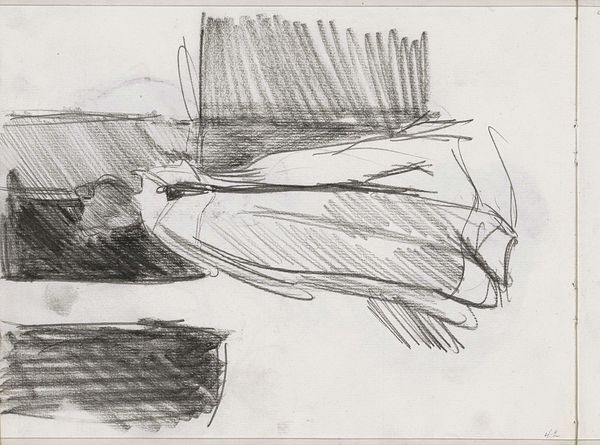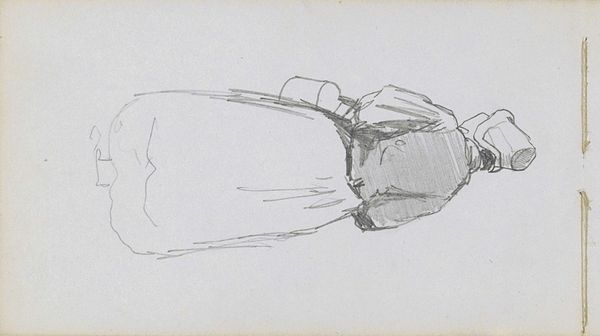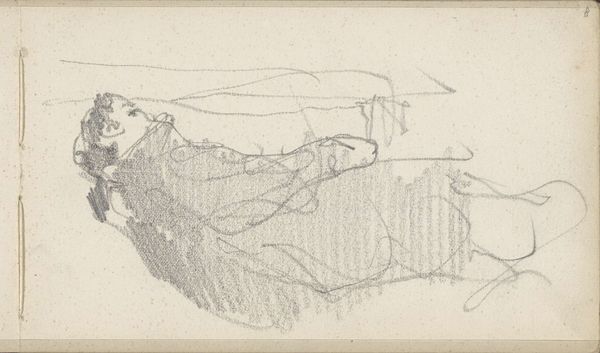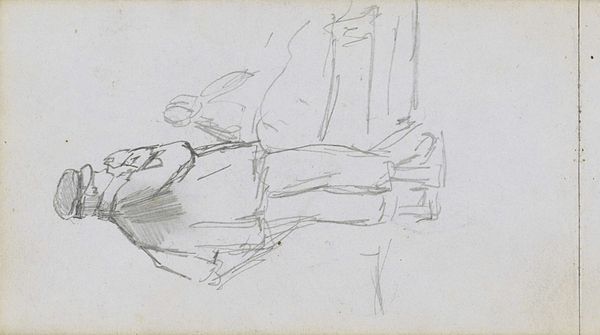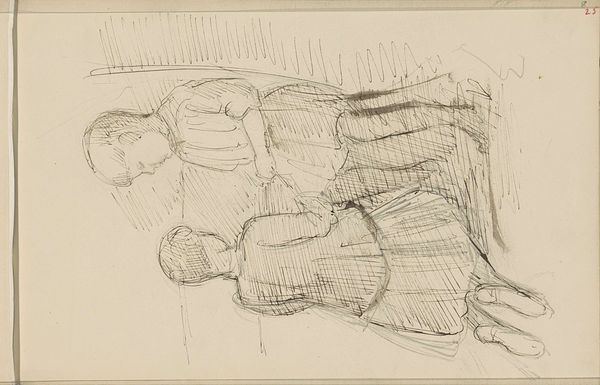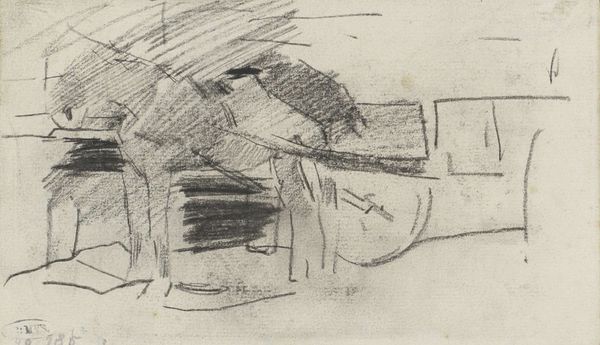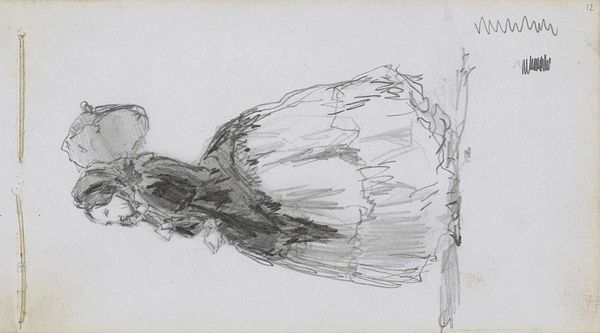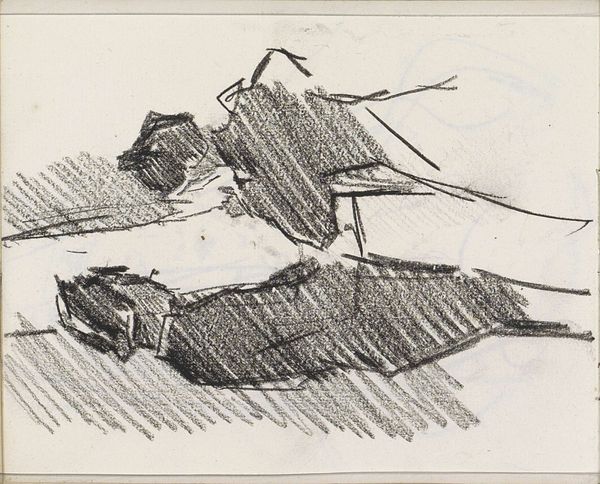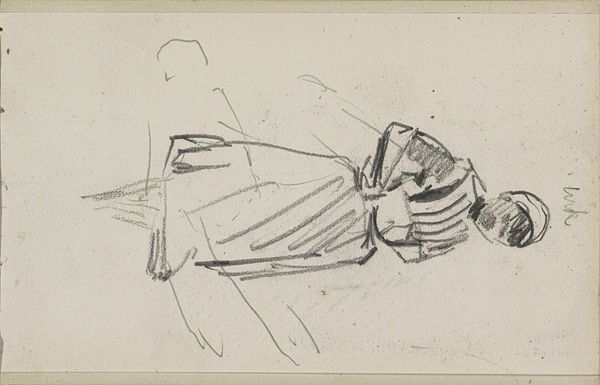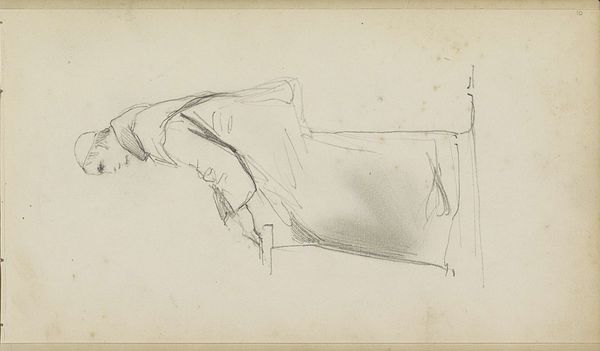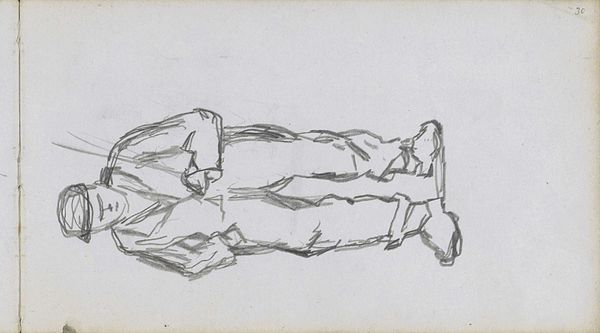
Copyright: Rijks Museum: Open Domain
Johan Hendrik Weissenbruch created this pencil drawing, "Standing Woman with a Mantle and Parasol," in the Netherlands sometime in the 19th century. Though undated, we can still make some inferences about its cultural context. The umbrella, or parasol, was a common fashion item in the 1800s, a symbol of status that protected women from the sun. We see here how Weissenbruch has used the image of the parasol to help situate his subject within a particular social class. Weissenbruch was associated with the Hague School, a group of Dutch artists who embraced realism. So it’s perhaps no surprise that he chose to focus on the details of everyday life, and the image reflects the growing emphasis on individual experience that characterized much of 19th-century art. To better understand Weissenbruch’s artistic vision, we can look to the archives of museums and galleries from the period, or turn to letters and diaries from the artist’s social circle. These resources will offer insights into the social conditions that shaped his work.
Comments
No comments
Be the first to comment and join the conversation on the ultimate creative platform.

